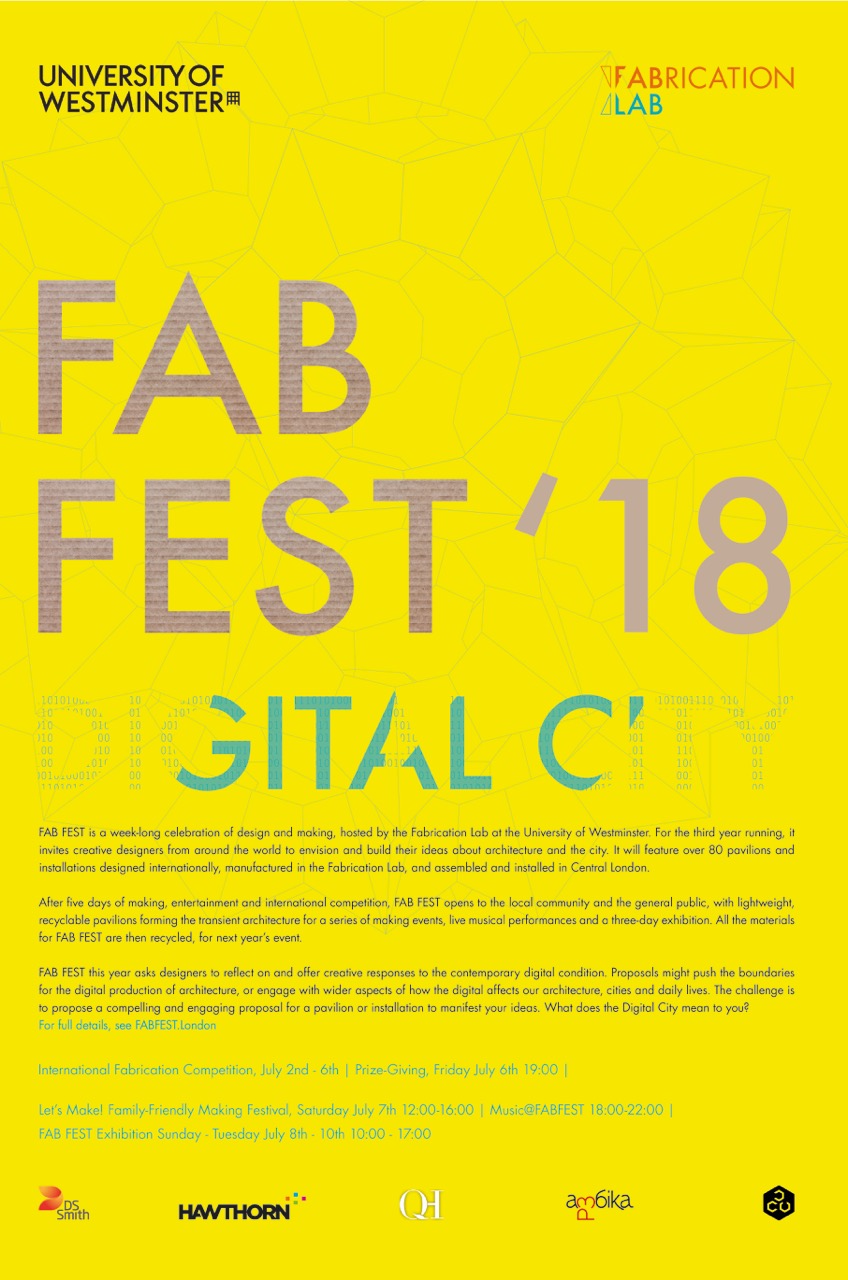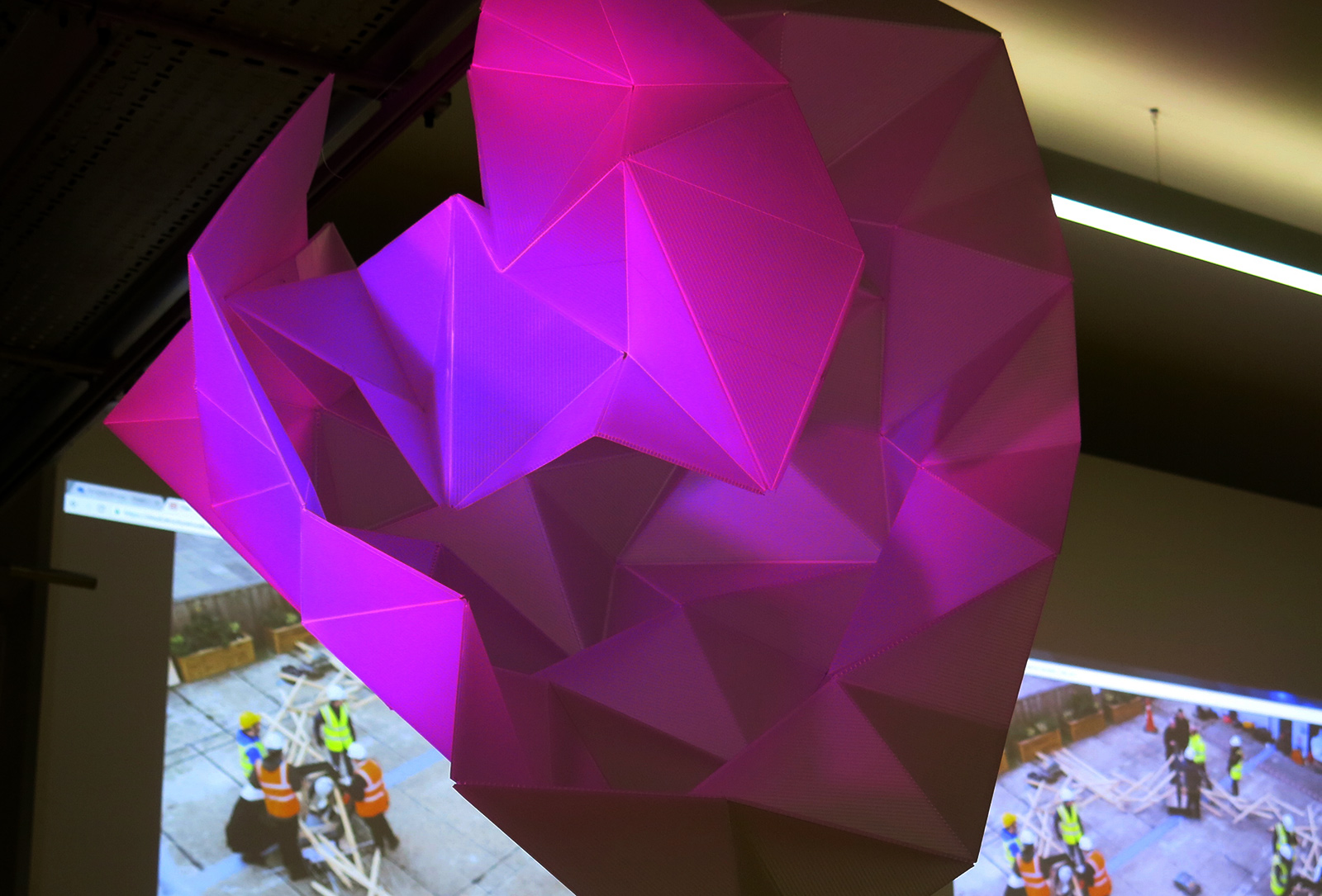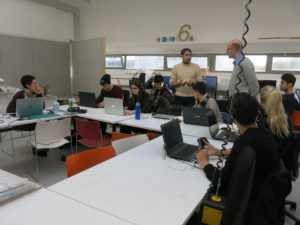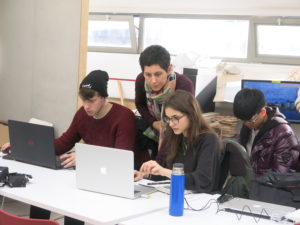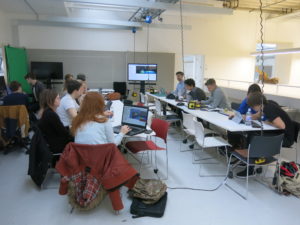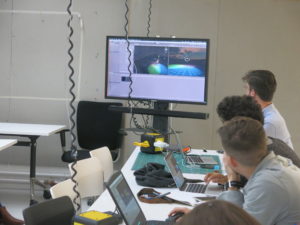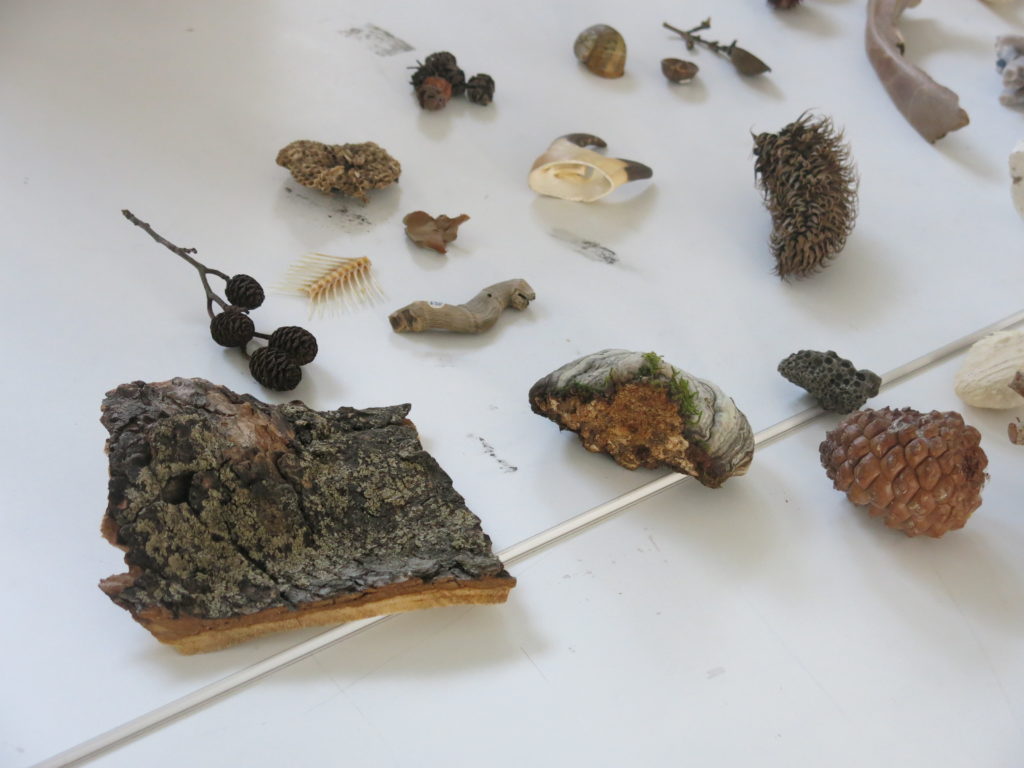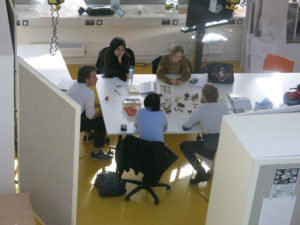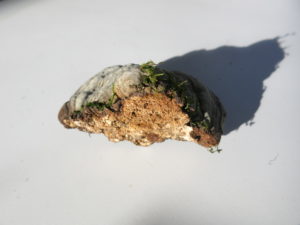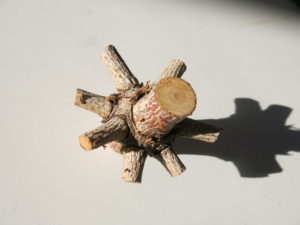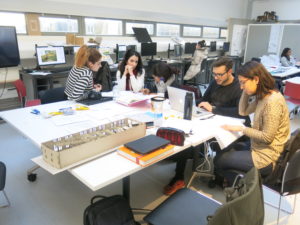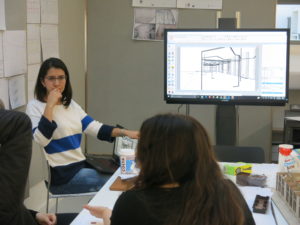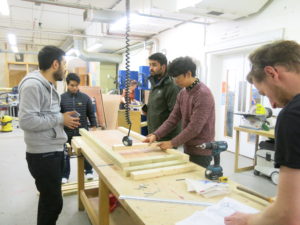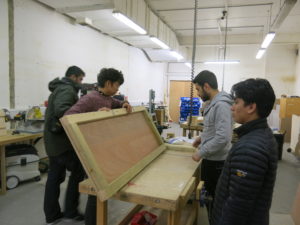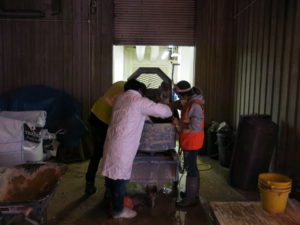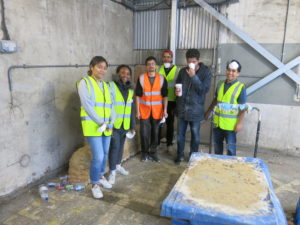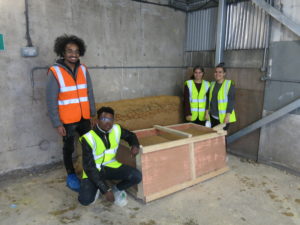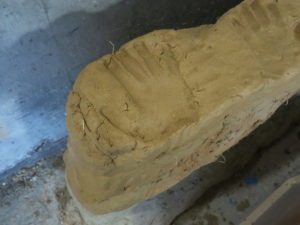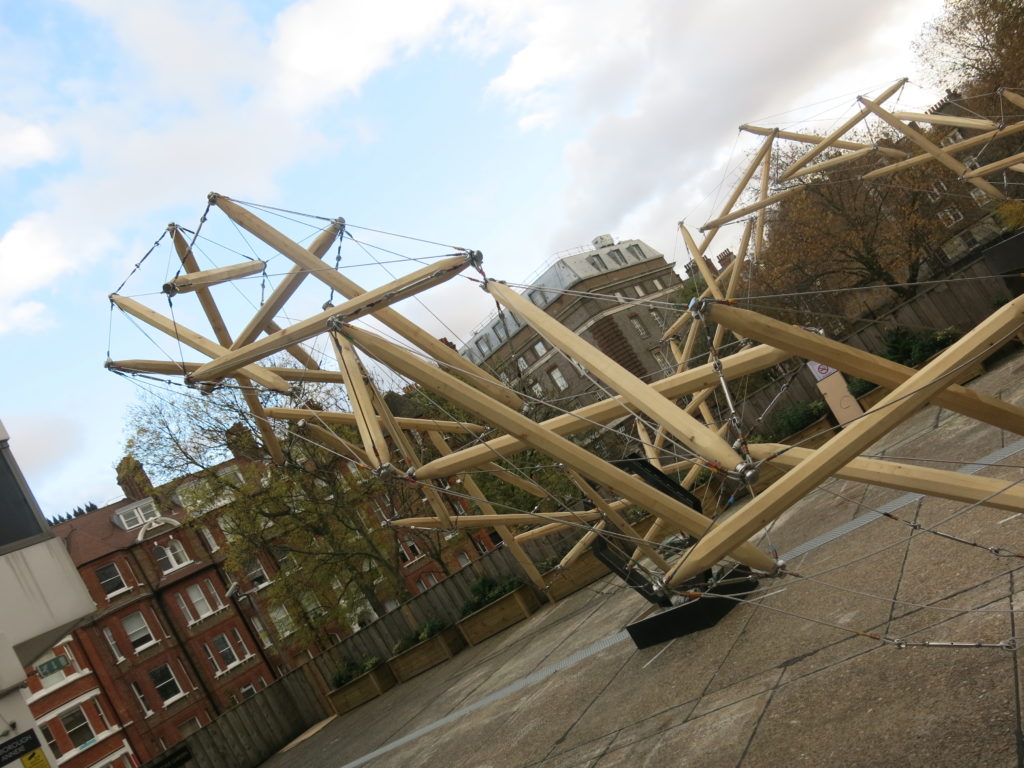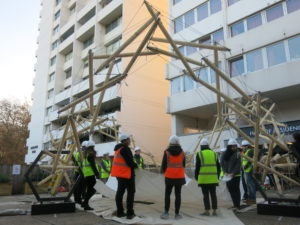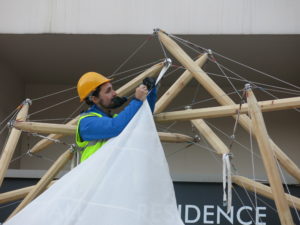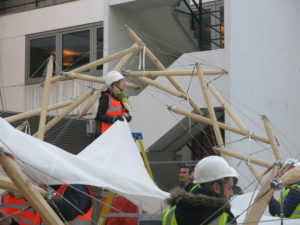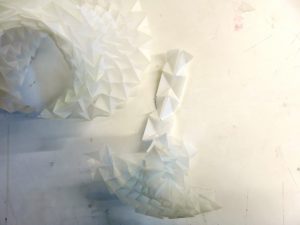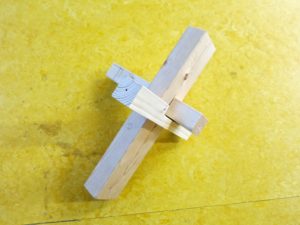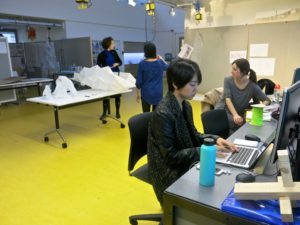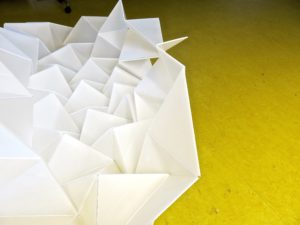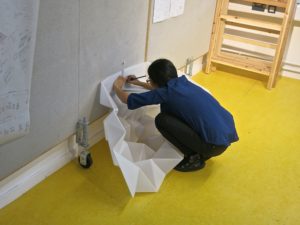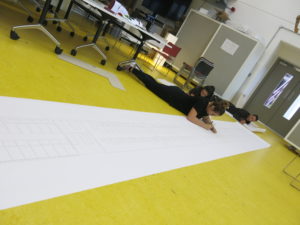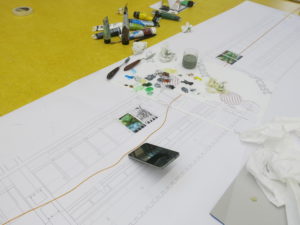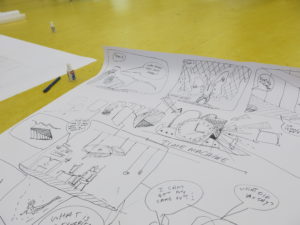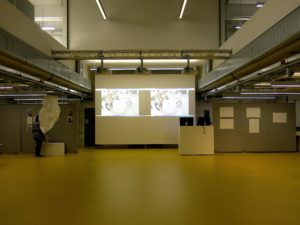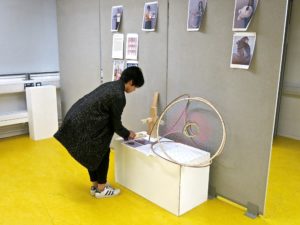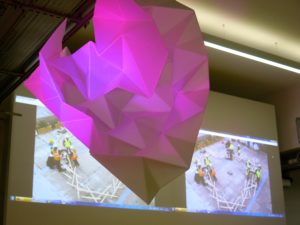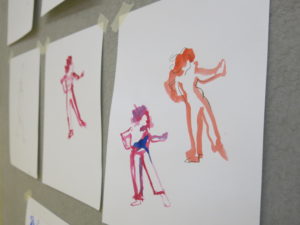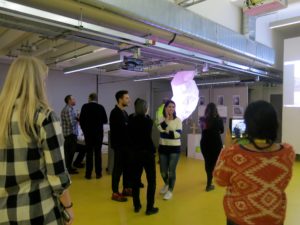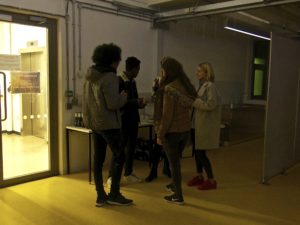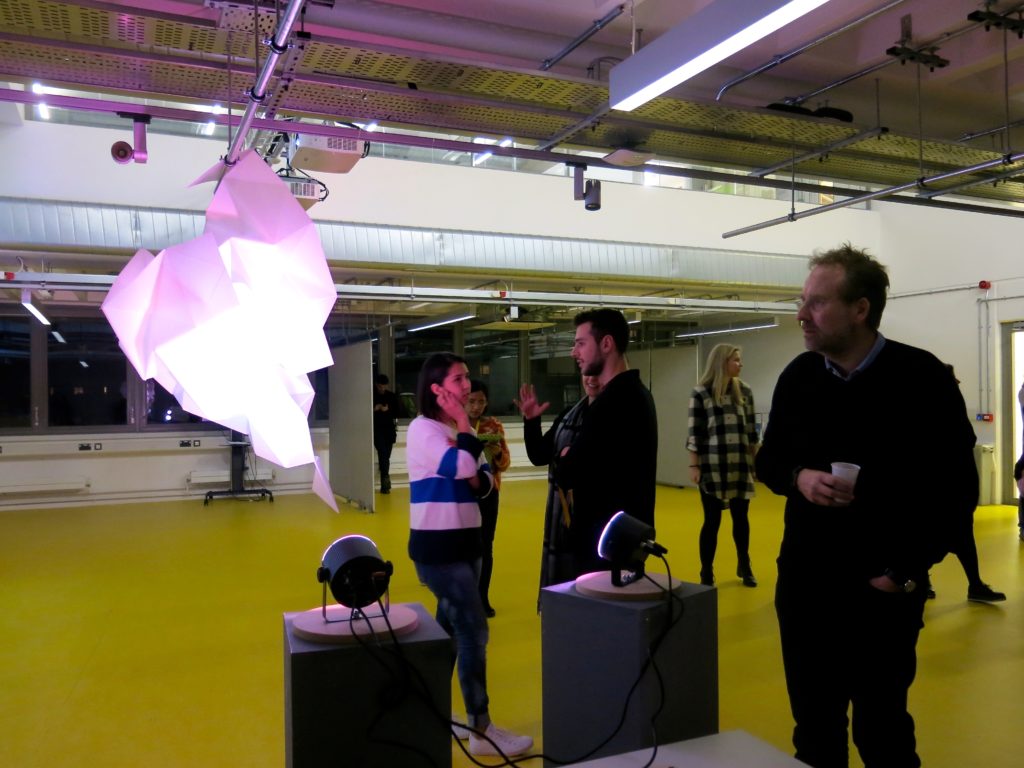The next edition of FAB FEST will take place from 2nd to 10th July 2018 in Ambika P3.
The festival will broadly follow the same format as the previous two events, although some changes are to make it even bigger and better.
Notes from the organiser on the changes for FAB FEST ’18:
- We are making an open call to all interested students of architecture and are asking for submissions of Design Concepts this year for either pavilions or smaller installations. All the requirements for submission are on our website.
- Teams have a month from now to form a team and submit their applications. Successful teams will have a further two months to develop their ideas and produce, with our help, the fabrication information for their pavilion or installation. We’ll then manufacture the parts in the Lab and provide them flat-packed, ready for teams to assemble in P3 from the 2nd July.
- During the assembly week, we will now have use of the newly refurbished Fabrication Lab, and it will be open in the evening all week for participants in the festival to meet each other and unwind.
- As requested by previous participants, we are asking teams to keep more closely to the brief and to the rules this time, and so will be making the competition aspect of FAB FEST fairer and more prominent. Many teams have taken the competition seriously, and FAB FEST prizes are becoming prestigious for students to win. We will be making more of this aspect of FAB FEST this year, with more guest judges and a bigger judging and prize-giving event on the Friday night.
- The following events on the Saturday and afterwards are also differentiated more clearly this time. There are now three distinct events following the main week of pavilion assembly and competition:
- ‘Let’s Make!’ – We are working with a number of local schools over the coming months to develop the community outreach aspect of FAB FEST, and the Saturday afternoon will now be an opportunity to share the contribution from our local community, and to have a more family-oriented set of making and drawing workshops.
- ‘Music@ FAB FEST’ – For the Saturday evening, there will be a much higher profile musical performance, making use of the one-off artistic venue that P3 and the pavilions provide. We have some of London’s hottest bands in our sights to make the most of this unique opportunity. The event will be open to all FAB FEST participants, but strictly ticketed this year.
- FAB FEST Exhibition – Finally, we’re extending the exhibition element of the event, to give more people the opportunity to see the pavilions that everyone has worked so hard to produce, before it is recycled back into new card boards for next year’s event (98% of it!).
- We are also developing the underlying research interests we have been pursuing through FAB FEST. We’ll be building on papers presented last year both on the role of FAB FEST as an experiment in teaching digital design and fabrication, and as a transient intervention in the City. This year we’re working on links to industry, exploring its relevance to the trend towards offsite construction. Let us know if you might be interested in working with us on any of this research.
- Finally, we have new partners this year contributing to the events, including the Westminster Architecture Society and Digital Construction Week, with more joining over the coming months. Please refer back to the website for current developments.
For full details, please see the new website: fabfest.london, or pop down to the FabLab if you have any questions.










